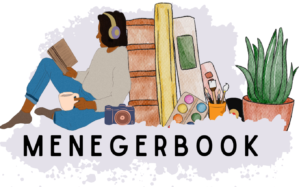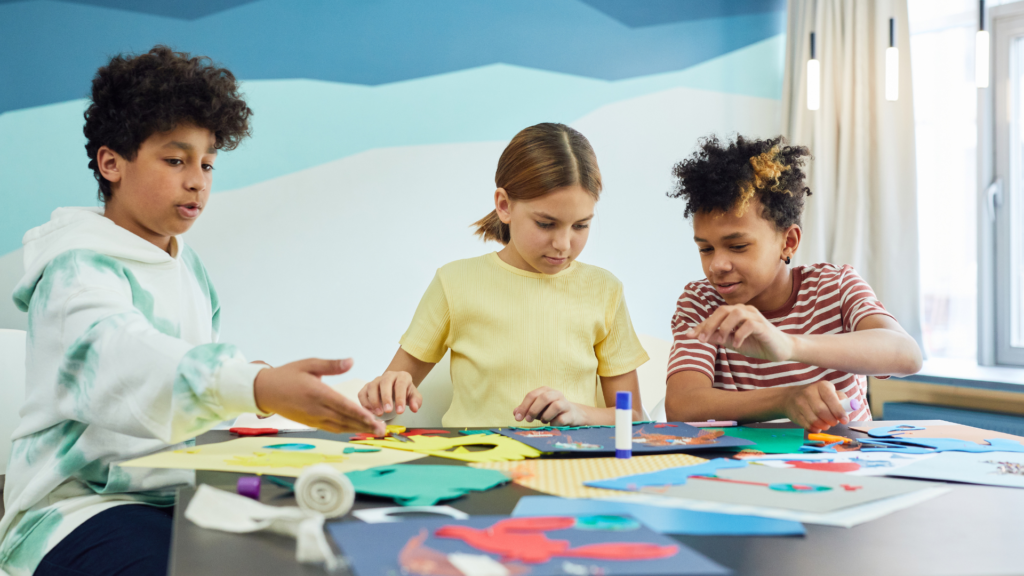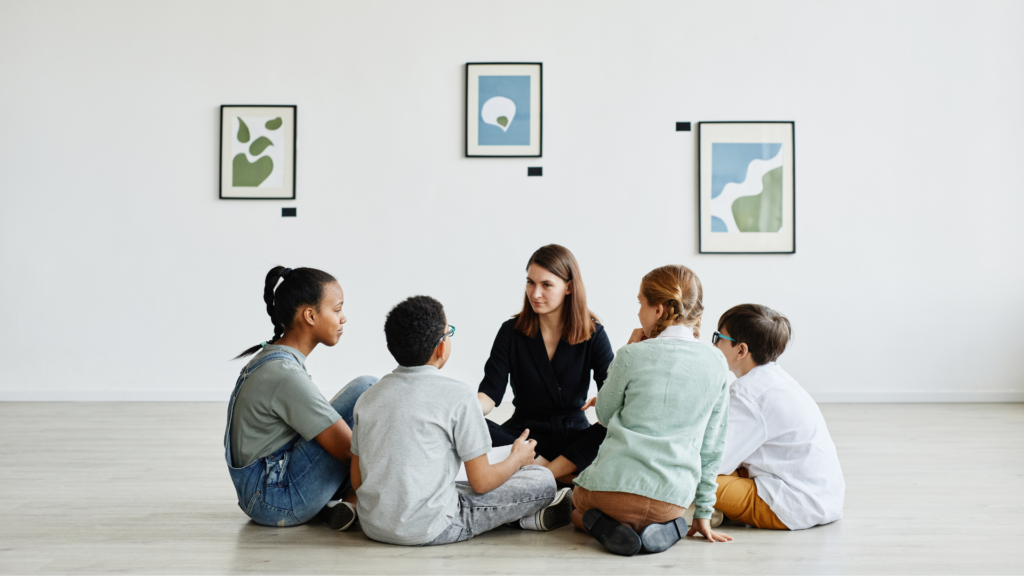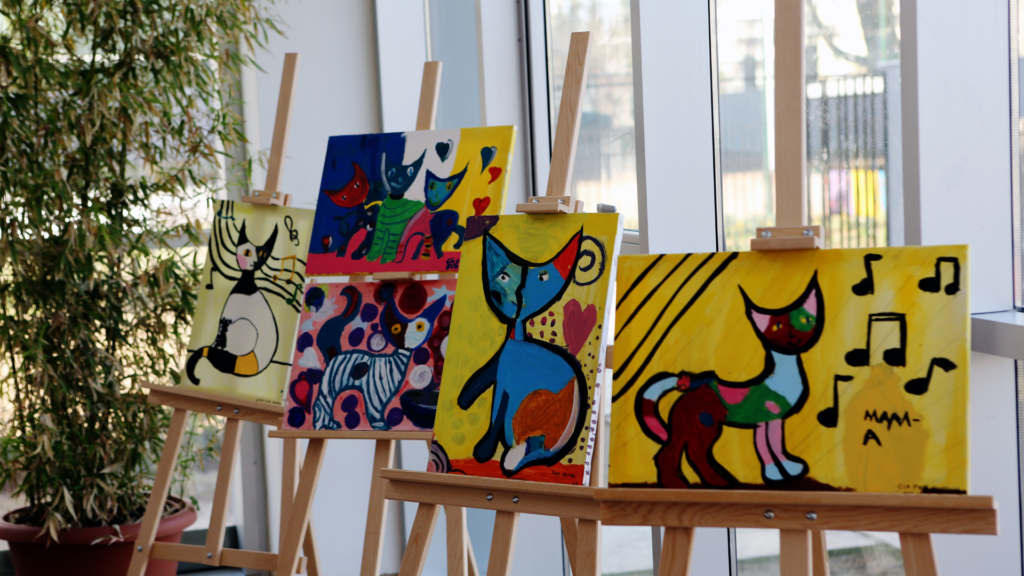Art is more than just painting on a canvas or doodles on a page. It can transform lives, inspire creativity, and foster critical thinking skills. As parents and educators, we often focus solely on academic subjects like math and science, neglecting the importance of art in our children’s education.
But what if I told you that incorporating art into their learning can benefit them in countless ways? From boosting confidence to improving language development, let’s explore why the power of art should not be overlooked in children’s education.
What is Art?
Art is more than a style of painting or sculpture. It’s a way of thinking, feeling, and behaving that can help us understand our world.
When we look at art, we learn to see the world in new ways. We start to question what we see and uncover hidden truths. Art can also inspire us to be creative and expressive.
Children’s education needs art because it helps them develop critical thinking skills, creativity, and emotional stability. They learn about different art styles and how to create their pieces in school. They also learn how to critique artworks and discuss the merits of different artists.
There are many different types of art, including abstract art, realism, impressionism, and post-impressionism. Each has its unique style and message.
Of course, there is always room for new and innovative art styles. As the world changes, so does how we see and experience art.
Art in Early Education
Art is one of educators’ most potent tools to engage and motivate students. It helps build self-esteem, encourages creativity, and can spark a lifelong love of learning. Studies have shown that art education can improve cognitive skills in children as young as 18 months old!
So why is it so crucial for children to get early exposure to art? The answer lies in its ability to stimulate the brain and help kids develop critical thinking skills. In addition, art has been shown to foster social development by encouraging teamwork and cooperation. Plus, when kids are exposed to various art styles from an early age, they’re more likely to develop their unique creative expression later in life.
Thankfully, there are plenty of ways to get started with art for kids. Some museums across the country offer free or reduced-price admission for children under 18 years old, and many schools now offer after-school or summer programs that focus on arts and crafts.
Also, when searching schools for children, consider the ones with preschool programs in Ashburn, VA (if this is where you are situated), especially those that focus on art and crafts. These programs can be great for helping children develop motor skills and creativity from an early age.
Alternatively, for homeschooling, parents can integrate art into daily lessons by including hands-on projects and engaging in simple activities like finger painting, drawing, or crafting using everyday household materials. Furthermore, parents can also encourage their children to be part of kids art camp. These camps often provide a plethora of creative activities like drawing, painting, sculpting, crafting, and more. Here, children can explore and enhance their artistic skills and creativity in a supportive environment.
The Benefits of Learning Through Art
Art is one of the oldest and most widely used forms of education. It has been around for centuries and has been proven to be an effective way of teaching children. There are many benefits to learning through art, including:
- It can improve creativity and problem-solving skills.
- It can help children learn more about different cultures and societies.
- It can help children develop their social skills.
- It can help children learn how to think critically.
- It can help children learn how to communicate visually.
- It can help children develop their self-confidence.
How Does Art Affect Children’s Brain Development?
Art can have a profound effect on a child’s brain development. According to the article “The Power of Art: Why Children’s Education Needs It,” art has been shown to improve cognitive function, social skills, and creativity. Additionally, it has been found that children who are exposed to art at an early age tend to have higher IQs.
One study published in Frontiers in Human Neuroscience showed that kids exposed to art during their preschool years scored significantly higher on creativity tests than kids not exposed to art. The study also found that more creative kids tended to have better mental health outcomes than adults.
Research has also shown that exposure to art can help children learn how to problem-solve and think abstractly. By exposing young children to different types of art, they can develop critical thinking skills, which will help them in future academic endeavours.
It is clear that art has a huge impact on children’s brain development, and education should be focused on exposing as many kids as possible to the power of art.
Children’s education is one of the most important things we can do to ensure a bright future. With so much technology available today, it is easy for children to become disconnected from the world around them.
By providing them with an education in the arts, we can help them to develop a better sense of perspective and empathy. This will set them up for successful lives both now and in the future.



